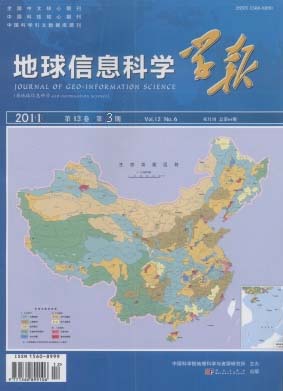ARTICLES
ZHAO Binbin, DENG Min, LIU Huimin, XU Zhen
As spatial data is becoming abundant, improving of both the reuse and the quality of existing spatial data has been more concerned than ever. So it is urgent to develop approaches for spatial data integrating and updating, and object matching has becoming one of the productive solutions for data integrating and updating between multi-scale maps. It bases on the similarity of geometry, topology and semantics between multi-scale objects. In real world, objects, such as rivers, roads and houses, etc, have many kinds of features. These features can be classified into three categories, i.e. areal features, line features and point features. Meanwhile, there are three corresponding representations in maps, i.e. area objects, line objects and point objects, respectively. Generally, different features have different representations in a map. Besides, a feature can be represented in two different ways in maps with different scales, this mostly happens to some extraordinary features. Long-narrow regional features, such as a river, it could be a thin narrow object in a large scale map, it also could be represented as a line object in a smaller scale map. In view of there are six possible permutations and combinations between different types of objects (i.e. area object, line object and point object), the matching methods based on object types can be further referred as (from larger-scale to smaller-scale) point to point, line to point, region to point, line to line, region to line and region to region matching. This paper focuses on one of these methods, i.e. region to line matching. During the process of object matching, by taking difference of the quantity between both sides of matched pairs into account, there are probably six matching mapping relations between area objects and line objects from a larger-scale map and a smaller-scale one, respectively, namely 1∶0, 1∶1, 0∶1, 1∶M, N∶1 and N∶M. Therefore, in this paper a common geometric matching solution is proposed for matching area objects and line objects between multi-scale maps. This method constructs candidate matching set by taking all larger-scale area objects into account, which have an intersection with the minimum bounding rectangle (MBR) of a smaller-scale line object. Usually, a buffer is used to search matching candidates, but in this paper, in order to avoid buffer distance choosing, that is done by using minimum bounding rectangle in stead. After analyzing the characteristics of all matching modes, by comparing the central axis line of larger-scale region and smaller-scale line, the corresponding rules are made to identify six matching mapping relations mentioned above from each other. At the end of this paper, a matching test has been done on sample data from two maps of different scales. It is also shown from experiment results that these rules work properly.
